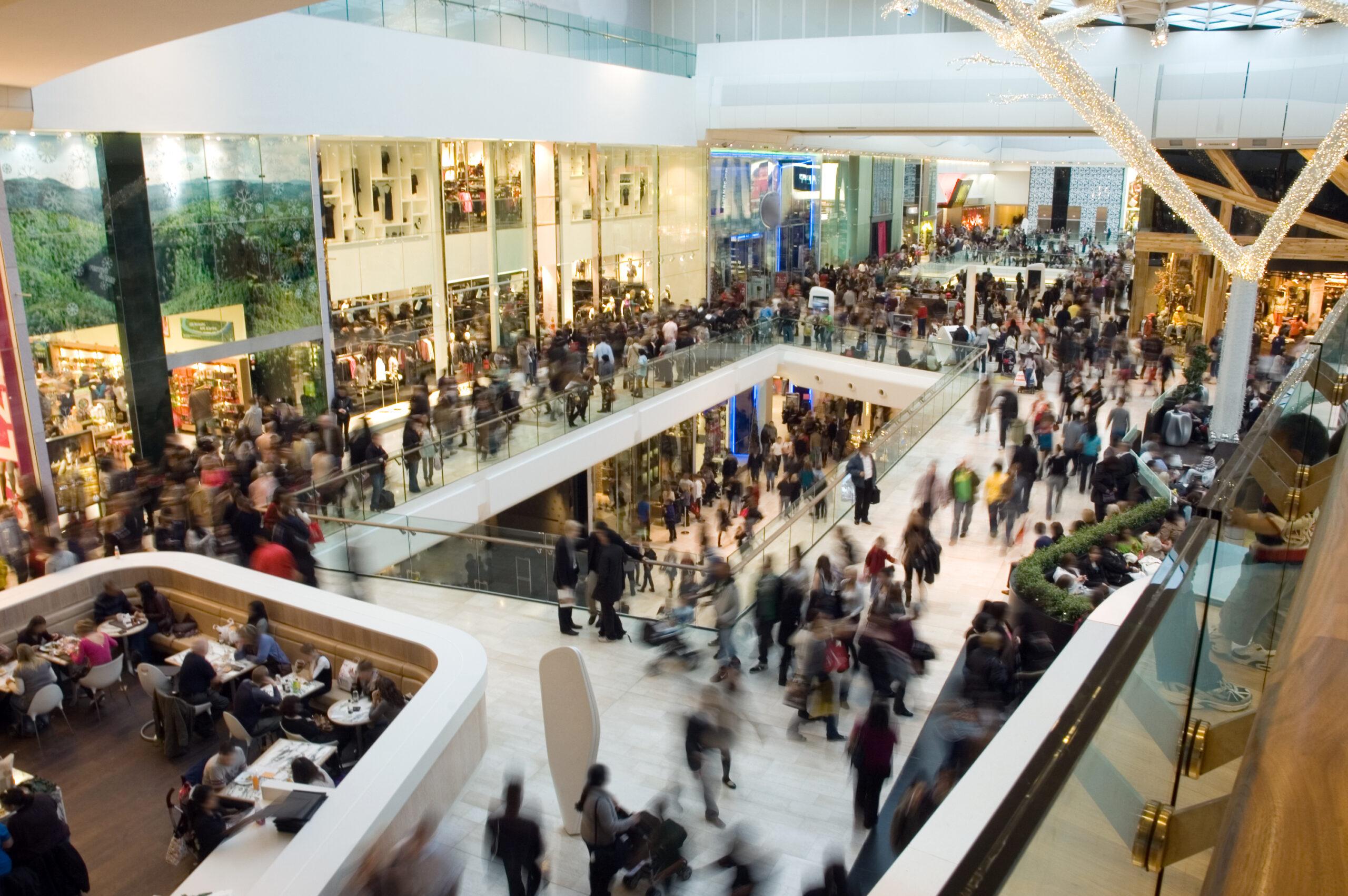Top 4 Factors to Consider for Your Retail Security System
Retailers are constantly introducing new technologies to better serve their customers. For example, many retailers have chosen to implement self-checkouts despite the associated risk of loss
The right physical security system can significantly impact a security team’s ability to target loss prevention, make informed decisions, and improve customer service. When selecting the retail security system for your organisation, consider the four following criteria:
A Unified Platform that Centralises Operations
The number of devices, sensors, and alerts your loss prevention teams need to manage continues to increase. Selecting a platform that unifies all these devices simplifies operations since there’s only one tool to learn to use and one place to look for suspicious activity.
You might think: “I have an integrated system that works fine. I should be ok, right?” Understanding the difference between integrated systems and a unified platform is essential. With an integrated system, you must continue supporting legacy systems—including the associated maintenance costs, straining scarce IT resources. Each piece of an integrated system has its interface, and users need training on using each separately. With a unified platform, your operations and data are combined into one solution. Getting a single-pane view significantly increases the efficiency and effectiveness of your security team while minimising training.
See the big picture with unified data
Using a solution that correlates multiple data types, such as POS exceptions and video surveillance, your security personnel can see the big picture. A unified view lets your team quickly investigate flagged POS transactions and other suspicious activity to minimise shrinkage. With a solution that provides a visual dashboard, loss prevention experts can access and correlate video footage to incidents more easily, achieving faster response times.
For example, a unified platform can aid with POS investigations by pairing a suspicious refund transaction alert with a video showing no customer at the cash register. Instead of manually searching for the associated video in all flagged transactions, your security operator can look at the specific transaction and see the related video immediately, then share this information with other stakeholders to start any necessary investigations.
An open architecture that scales as your business grows
As the retail industry evolves, you need flexible and adaptable solutions to support your changing business needs. Replacing a legacy system with other proprietary hardware and software can be frustrating due to limited options and the high costs of developing and maintaining custom integrations.
A retail security system with an open architecture allows you to easily add new tools and capabilities, making it a good investment for future needs.
Support for cloud and hybrid-cloud security functionalities
The benefits of a cloud solution that provides remote capabilities are widely recognised. A hybrid-cloud option is critical for retailers looking to maximise current infrastructure investments, such as on-premises solutions.
A hybrid cloud solution can help meet budgetary requirements and minimise IT strain by carefully selecting which systems will work best with on-premises infrastructures and which should be in the cloud.
Actionable insights that improve daily retail operations
In our State of Physical Security 2021 report, more than two-thirds of respondents mentioned that getting data from their physical security operations was mission-critical. Systems traditionally used only by security teams can now also provide invaluable business data for the rest of an organisation.
For example, online retailers can see how many people visit their stores and how many transactions result. In contrast, brick-and-mortar stores with people-counting sensors can also include POS conversions in their reporting.
By using a solution that standardises and consolidates data into meaningful reports, managers can immediately see what’s happening at several sites instead of sifting through data from multiple sources. Properly correlated data allows retailers to be equipped with actionable and relevant insights and can drastically improve overall business operations.
Call us on 1300 556 334 or email [email protected] to learn more.
Customers in New Zealand call 0800 345 677 or email [email protected].
Latest Posts
Comments are closed.


